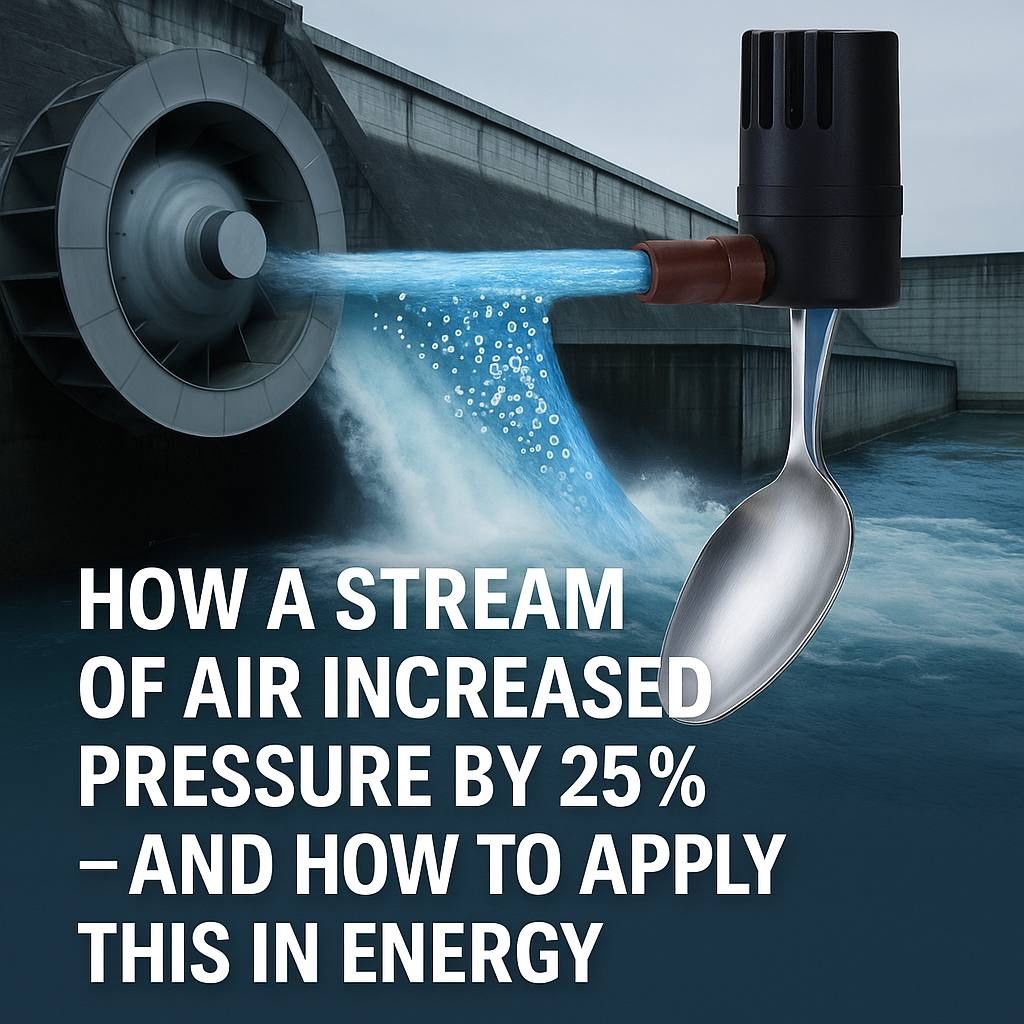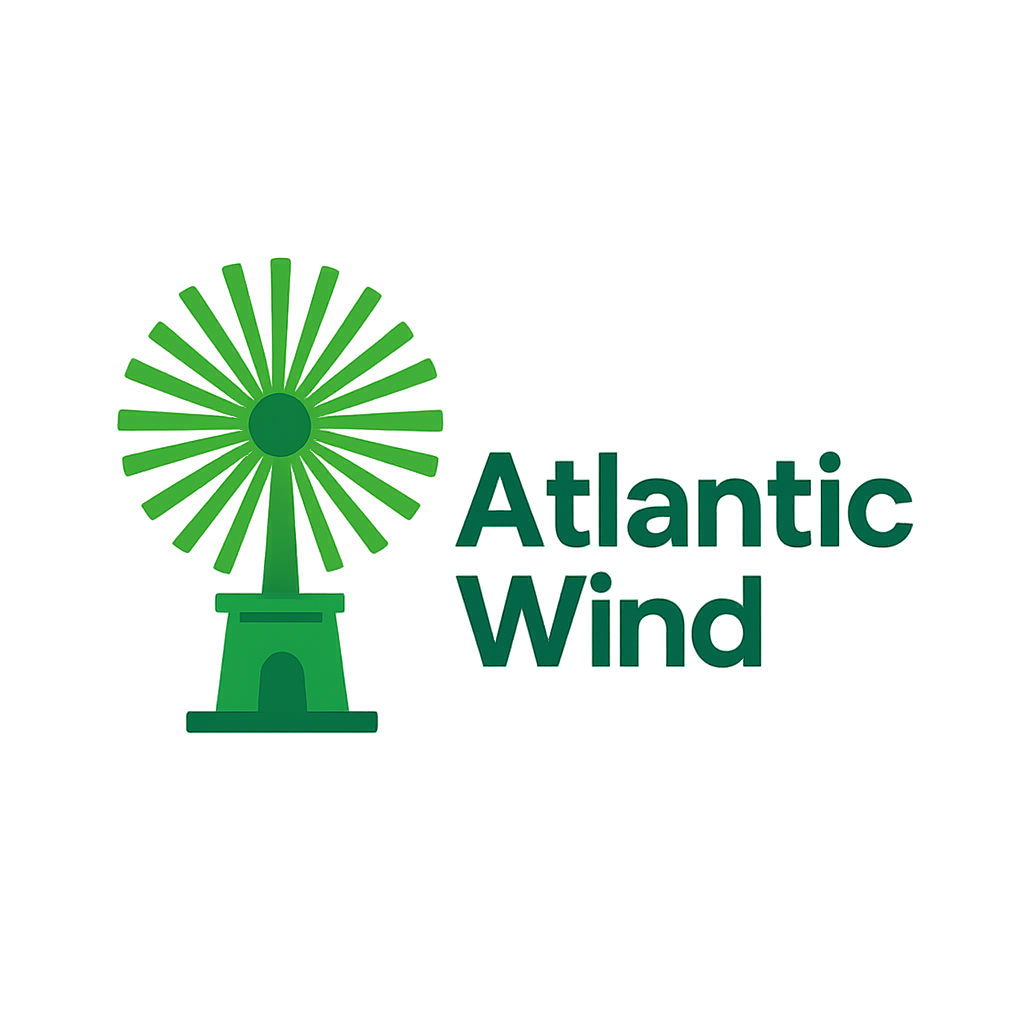
Not long ago, I remembered a simple experiment I ran years ago. I bought an aquarium filter with a Venturi tube. It works like this: as water flows through the narrowing, it speeds up and draws in air, creating a stream full of bubbles.
I directed this stream onto a spoon (simulating a turbine blade) and compared how much the spoon was deflected:
• 💧 plain water — moderate force,
• 💧+💨 water with air — the spoon deflected 15–25% more.
I was amazed how much mechanical force increased just by adding air.
💡 What This Means for Energy
If we add the Venturi effect to real water flows at hydropower plants:
• air is automatically drawn into the water,
• the stream becomes more turbulent and forceful,
• turbine blades get more energy.
📊 Realistic power increase:
→ +5–10% more electricity without building new dams.
This is especially relevant for aging hydropower stations, where equipment upgrades cost millions. Here, a simple mechanical solution could deliver a huge impact.
🚢 Shipping: Saving Fuel with Wake Flow
When ships move, they leave a foamy “wake” behind — wasted energy.
The idea: take some water from the bow and feed it through a Venturi into the wake zone behind. This:
• creates a low-pressure area,
• reduces drag,
• improves fuel efficiency.
🔋 Potential fuel savings: up to 10–15%, especially on large vessels and tankers.
🛠 Where Else Could This Work?
• Water pumps and wells: reduce energy consumption for water lifting.
• Wastewater treatment: aerate water without compressors.
• Cooling systems: speed up evaporation using microbubbles.
🌍 Simple Mechanics, Big Impact
We’re looking for solutions in quantum tech, but sometimes they’re found in laws discovered 200 years ago.
An extra 5–10% turbine efficiency isn’t just savings — it means:
• lower CO₂ emissions,
• less dependence on fossil fuels,
• more affordable energy worldwide.
📩 Interested in the potential or a joint project? Let’s talk.
